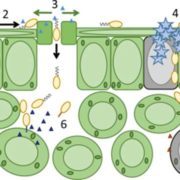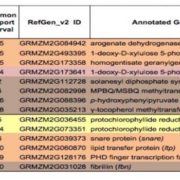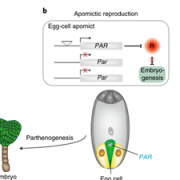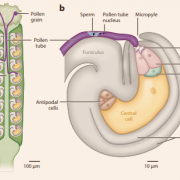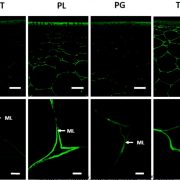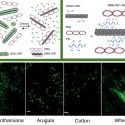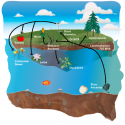Review: Molecular networks of seed size control in plants ($) (Annu Rev Plant Biol)
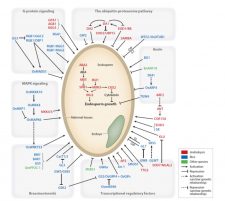 Crop yield is largely determined by the size of seeds, and studies are being conducted to understand the complex molecular network controlling the seed size. Li et al. review the possible molecular mechanisms and regulatory networks underlying seed size control and growth, including the factors originating in both maternal and zygotic tissues. The authors describe several pathways involved in the control of seed size including: the ubiquitin-proteasome pathway, G-proteins, MAP kinases, and the HAIKU pathway, which together with phytohomornes influences embryo development. Studies on the role of the embryo in determining seed size and factors controlling embryo development are limited. Currently, delineating the upstream and downstream components of known seed size regulators and their interplay is necessary to understand the complete circuitry governing seed/grain size. Given that the mechanisms of seed size control are largely conserved, the research should now focus on translating the knowledge generated in model plants to improve seed size in cultivated crops. (Summary by Muthamilarasan Mehanathan) Annu Rev Plant Biol 10.1146/annurev-arplant-050718-095851
Crop yield is largely determined by the size of seeds, and studies are being conducted to understand the complex molecular network controlling the seed size. Li et al. review the possible molecular mechanisms and regulatory networks underlying seed size control and growth, including the factors originating in both maternal and zygotic tissues. The authors describe several pathways involved in the control of seed size including: the ubiquitin-proteasome pathway, G-proteins, MAP kinases, and the HAIKU pathway, which together with phytohomornes influences embryo development. Studies on the role of the embryo in determining seed size and factors controlling embryo development are limited. Currently, delineating the upstream and downstream components of known seed size regulators and their interplay is necessary to understand the complete circuitry governing seed/grain size. Given that the mechanisms of seed size control are largely conserved, the research should now focus on translating the knowledge generated in model plants to improve seed size in cultivated crops. (Summary by Muthamilarasan Mehanathan) Annu Rev Plant Biol 10.1146/annurev-arplant-050718-095851


